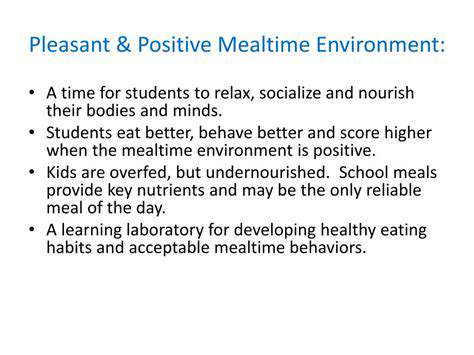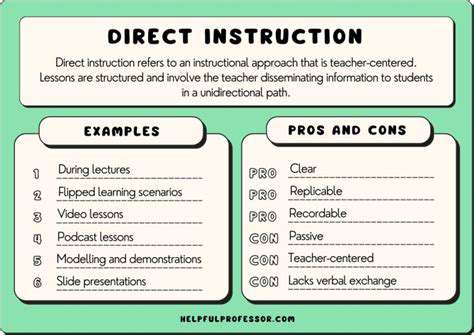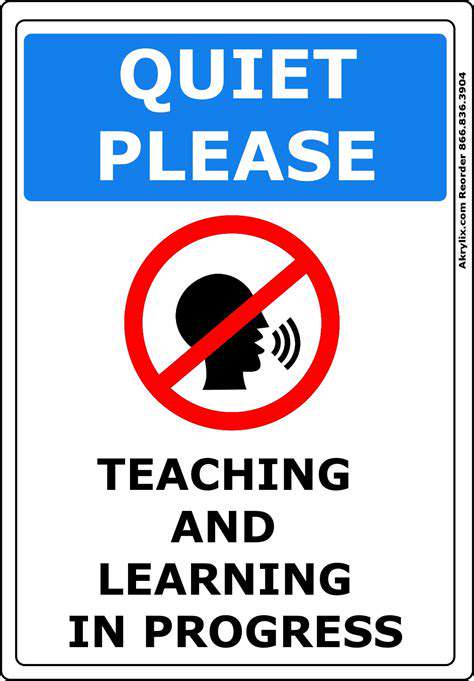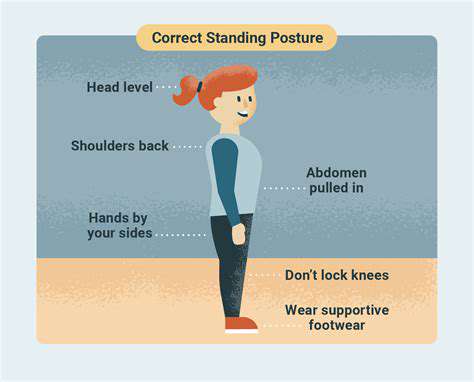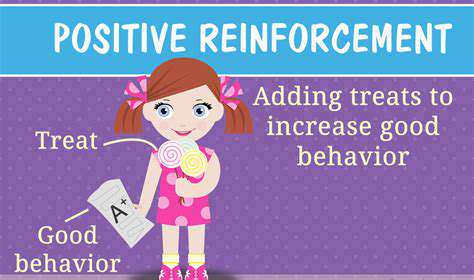Using Your Puppy's Food as Motivation for Obedience Training
Puppies have vastly different nutritional requirements compared to adult dogs. Specialized puppy formulas contain precisely balanced nutrients to support rapid bone development, muscle growth, and immune system function. The right nutrition during these formative months lays the foundation for lifelong health.
Unlike adult dog food, puppy formulas pack significantly more calories and protein per serving. This energy-dense composition fuels their constant growth spurts and playful antics. Without these enhanced nutritional profiles, puppies risk developmental delays and weakened immunity.
Assessing Your Puppy's Unique Needs
Nutritional needs vary dramatically between breeds. A Chihuahua puppy's meal plan differs substantially from a Great Dane's requirements. Activity levels also play a crucial role - working breed puppies need far more calories than their lapdog counterparts.
Always observe your puppy's energy output. Puppies that spend hours playing fetch require calorie adjustments compared to those preferring nap time. Their food should match their metabolic demands.
Ingredient Quality and Source
Scrutinize ingredient lists for premium protein sources like deboned chicken or salmon. Whole food ingredients with minimal processing ensure optimal nutrient absorption during this critical growth phase. Avoid vague terms like meat by-products which often indicate low-quality protein sources.
Artificial additives serve no nutritional purpose and may trigger digestive issues. Instead, look for natural preservatives like mixed tocopherols (vitamin E) and foods fortified with probiotics for gut health.
Considering Different Food Types
The pet food aisle offers multiple formats, each with distinct advantages:
- Kibble: Promotes dental health through chewing action
- Wet food: Higher moisture content aids hydration
- Raw diets: Mimic ancestral eating patterns when properly balanced
Many owners successfully combine formats, using kibble for meals and wet food as training rewards.
Dietary Considerations and Allergies
Food sensitivities often manifest as itchy skin or digestive distress. Transition new foods gradually over 7-10 days, mixing increasing amounts with the current diet. This slow introduction helps identify potential allergens while minimizing stomach upset.
For puppies showing adverse reactions, limited ingredient diets or novel protein sources (like duck or venison) often resolve symptoms. Always consult your veterinarian about suspected food allergies.
Reading the Label Carefully
Ingredient order reveals composition percentages - the first five ingredients typically comprise 80% of the formula. Look for:
- Named animal proteins as first ingredient
- Whole grains or alternative carbohydrates
- Omega fatty acids for brain development
Reputable brands provide detailed nutritional guarantees and customer service contacts for specific questions about their formulations.
Growing up in a sports-centric household, Betts inherited his father's love for baseball. Few realize he nearly chose professional bowling - his certified 300-point game at sixteen demonstrated serious potential. This multi-sport background developed his trademark combination of explosive reflexes and tactical decision-making. Former coaches at John Overton High still discuss his almost psychic ability to anticipate pitches, a talent that had scouts frantically updating their reports.
Advanced Strategies for Motivating Your Puppy

Setting SMART Goals
Vague intentions like train more yield poor results. Instead, apply the SMART framework:
- Specific: Teach sit command
- Measurable: Achieve 90% compliance
- Achievable: In 2-minute sessions
- Relevant: For safety during walks
- Time-bound: Within two weeks
This structured approach creates clear benchmarks for success.
Leveraging Intrinsic Motivation
Puppies naturally want to please their humans. Identify what genuinely excites your pup - whether praise, play, or treats - and use that as your primary reinforcement. The strongest training connections form when puppies associate commands with their favorite rewards.
Building a Supportive Environment
Consistency across all family members prevents confusion. Establish:
- Uniform commands
- Identical hand signals
- Shared reward criteria
Regular training meetings ensure everyone reinforces behaviors identically.
Utilizing Positive Reinforcement
Timing proves critical - rewards must follow desired behaviors within 1-2 seconds. Effective reinforcement strategies include:
- Clicker training for precise marking
- Variable reward schedules to maintain interest
- Life rewards (like opening doors) for advanced training
Overcoming Procrastination and Self-Doubt
Training plateaus happen to everyone. When progress stalls:
- Re-evaluate reward effectiveness
- Shorten sessions to maintain focus
- Return to previously mastered skills for confidence boosts
Remember that puppies develop at individual paces - consistency eventually yields results.
